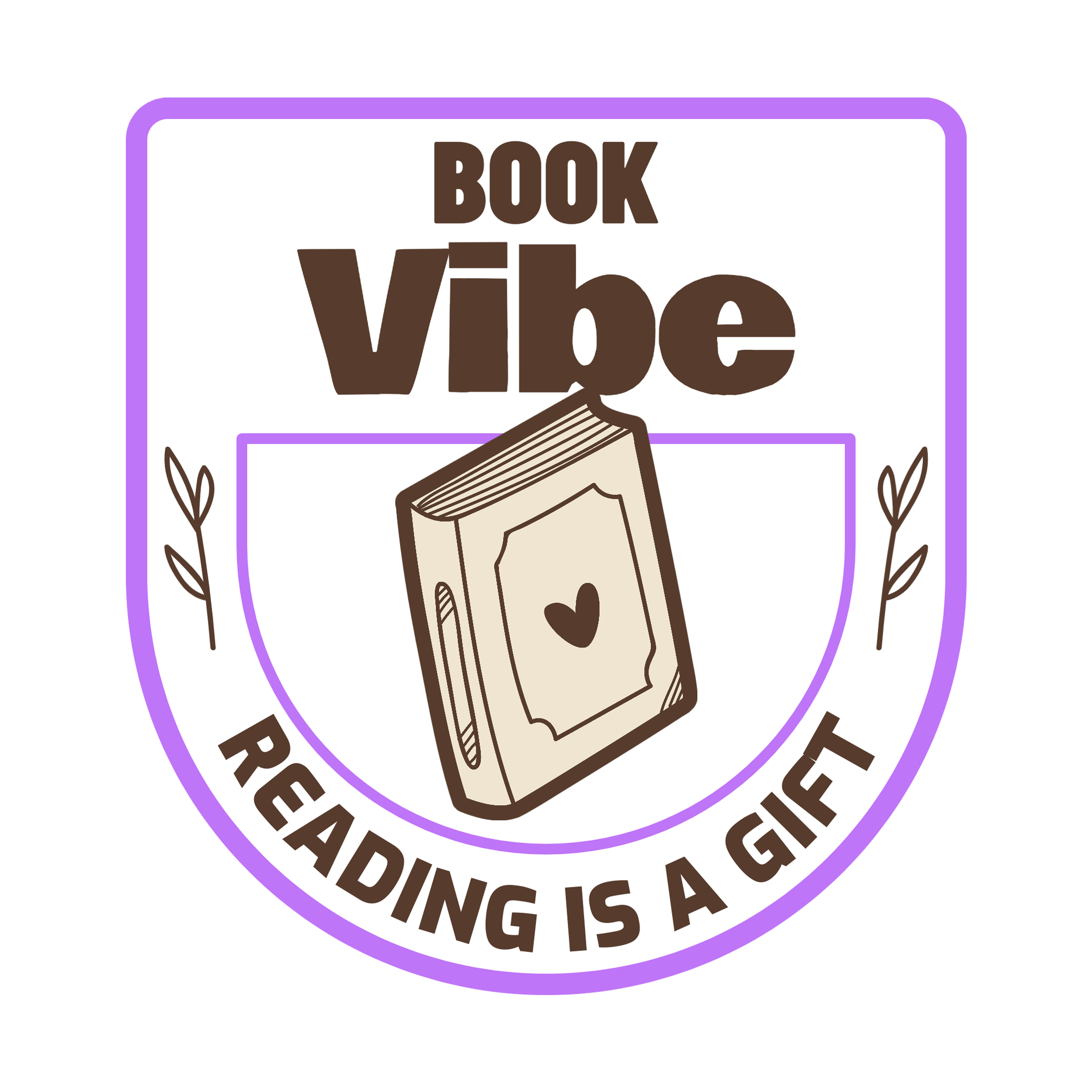Early childhood programs lay the foundation for literacy skills that shape academic success and lifelong learning. The experiences children have during their early years strongly influence their ability to recognize letters, understand sounds, build vocabulary, and develop a love for reading. When caregivers and educators implement thoughtful strategies, young learners build strong literacy foundations that support future achievement.
Creating Language-Rich Environments
Language-rich environments encourage children to explore and engage with words naturally. Classrooms and care settings filled with books, labels, posters, and storytelling spaces stimulate curiosity and vocabulary growth. Educators read aloud frequently, using expressive voices and varied materials to maintain engagement. Repetition of familiar stories reinforces understanding, while exposure to new texts introduces fresh concepts and language.
Interactive conversations between caregivers and children foster language development even more effectively than passive listening. Asking open-ended questions and encouraging children to describe their thoughts deepens comprehension and communication skills.
Partnering With Families Early
Families play a central role in shaping reading habits. Programs that involve parents early create stronger literacy outcomes. Teachers can provide guidance on reading techniques, recommend age-appropriate books, and encourage daily reading routines at home.
Parents who understand how to support reading development create consistent reinforcement between school and home. Some families search for trusted child care near me to find programs that actively include parents in learning. When families and educators work together, children experience a unified approach to language development, which strengthens their confidence and enthusiasm for reading.
Using Play as a Learning Tool
Play gives children opportunities to develop language and literacy skills in natural ways. Activities such as role-playing, building, or storytelling games enhance vocabulary, narrative skills, and comprehension. When educators integrate literacy into play, children practice skills without feeling pressured. Labeling play areas, incorporating written instructions into activities, and encouraging children to create stories during play stimulate both imagination and language growth.
Play-based learning encourages curiosity and creativity, which are critical for literacy development. It allows children to make connections between language and real-world experiences.
Fostering Early Phonological Awareness
Phonological awareness refers to the ability to recognize and manipulate sounds in spoken language. This skill develops before children learn to read and write formally. Singing rhymes, clapping out syllables, and playing sound-matching games help children hear patterns in language. These activities build the foundation for understanding how letters correspond to sounds.
Daily practice through songs, chants, and interactive games improves phonemic awareness. Early mastery of these skills significantly predicts later reading success.
Encouraging Independent Book Exploration
Providing children with access to a variety of age-appropriate books encourages self-directed exploration. Low, accessible bookshelves invite children to select and handle books independently. Picture books with engaging illustrations capture their attention and support comprehension even before they can read text.
Creating cozy reading corners with comfortable seating encourages children to spend time with books during free periods. This independent interaction builds familiarity and strengthens motivation to learn to read.
Integrating Reading Throughout the Day
Literacy development does not happen only during designated reading times. Embedding reading activities into daily routines reinforces skills in meaningful contexts. Reading labels during snack time, exploring signs during outdoor play, or narrating daily activities exposes children to language consistently.
Educators who weave reading into transitions and routines keep literacy present throughout the day. This integration reinforces concepts naturally and helps children connect language to daily experiences.
Supporting Diverse Learners
Early childhood programs serve children with different abilities, backgrounds, and language experiences. Supporting diverse learners involves tailoring reading strategies to meet individual needs. Bilingual children benefit from exposure to both their home language and the program’s language through dual-language books and conversations. Children with developmental delays may need additional repetition, visual supports, or specialized instruction.
Inclusive literacy environments respect and celebrate differences while ensuring every child receives the support needed to thrive. Individualized approaches maximize engagement and progress for all learners.
Building Vocabulary Through Conversation
Vocabulary growth plays a crucial role in reading development. Regular, meaningful conversations expand a child’s language base. Educators can introduce new words during storytime, science activities, or outdoor exploration. Explaining new concepts in context helps children retain and use them naturally.
Rich vocabulary experiences improve comprehension skills and prepare children for more complex reading tasks later. Conversations that encourage curiosity build confidence in language use.

Early childhood programs shape reading abilities through language-rich environments, family involvement, playful learning, phonological awareness, and inclusive practices. Integrating reading into daily routines and supporting diverse learners strengthens these efforts. Thoughtful assessments guide instruction, while positive experiences create enthusiastic young readers. With coordinated strategies between caregivers, educators, and families, children gain the skills and confidence they need for a strong start in literacy.
